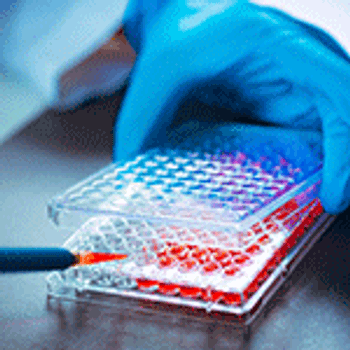
Advanced data analytics, including statistical modeling and machine learning technique, can enable more efficient and reliable bioprocesses.

Advanced data analytics, including statistical modeling and machine learning technique, can enable more efficient and reliable bioprocesses.

Better understanding and control of cell behavior is yielding benefits, upstream and beyond.
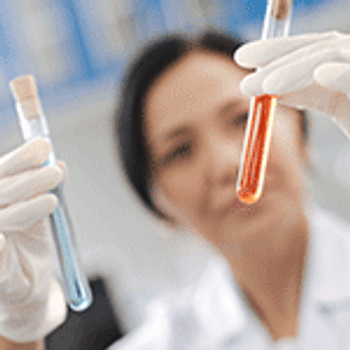
The future of raw material sourcing for mAb production may lay in the sustainability of the source and the added benefits of newer technologies.
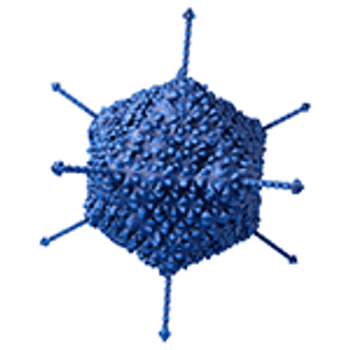
The production of viral vectors for use in gene therapy benefits from being able to use similar cell-culture processes as mAbs, but it faces limitations under current cell-culture technologies.

Industry experts debate the pros and cons of “going bigger” than the 2000-L industry norm in a single vessel.
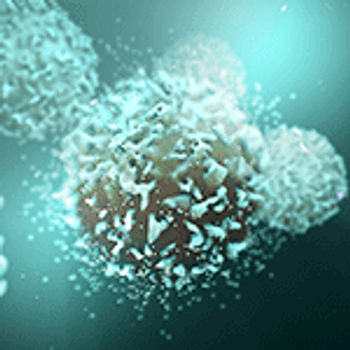
Accelerated approval pathways and growing demand for cell and gene therapies are putting pressure on providers of cellular starting materials, and they must ensure a steady supply.

The company will invest $24 million into its Inchinnan, Scotland, site to expand global bioproduction capabilities with additional large-volume liquid manufacturing capacity for cell-culture media.

Ireland's National Institute of Bioprocessing Research and Training (NIBRT), together with technology providers such as GE Healthcare, and universities in Ireland and around the world, are developing courses that aim to close the gap between theoretical studies and practical workplace needs.

In an effort to secure a continuous, sustainable supply of an important vaccine ingredient, Agenus is turning to a plant cell-based cell culture method for production.

The evolution of cell-culture technology is driving the need for improvements in modeling solutions.

A new defined coated cell cultureware by denovoMATRIX allow for the serum-free expansion of mesenchymal stem cells.

The partners will collaborate to identify the bioactive components in hydrolysates, which have long been used as additives in cell culture media and feed formulation in the biopharma industry.
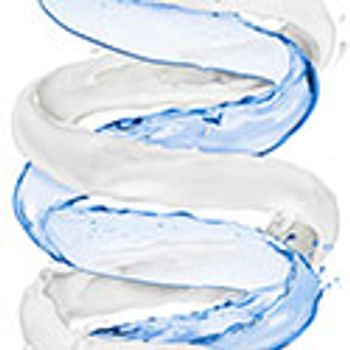
Successful process intensification with inline dilution requires effective monitoring and control.
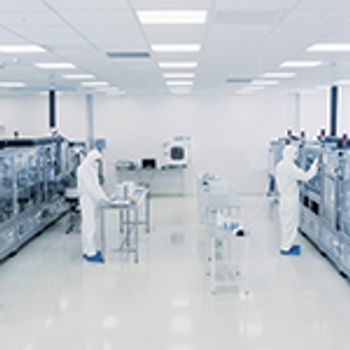
Recently released equipment and products include microbioreactor systems, cell therapy automation software, and IIoT-enabled flow sensors.

This article provides a review of various 2000-L single-use bioreactors used by biopharmaceutical suppliers for commercial production.

The new 40,000-ft2 facility will support Bayer's growing biologics portfolio in oncology, cardiology, and additional therapeutic areas.

The company has launched a comprehensive portfolio of custom cell biology solutions and a new cell-line engineering technology.

Single-use components for biopharmaceutical manufacturing have a lower environmental impact than reusable components, but disposal is still a consideration.

MilliporeSigma’s use of modified amino acids can simplify the fed-batch process in biomanufacturing.

Automation in cell-line development and cell culture is leading to more consistent quality while improving efficiency, and, ultimately, speed to market.
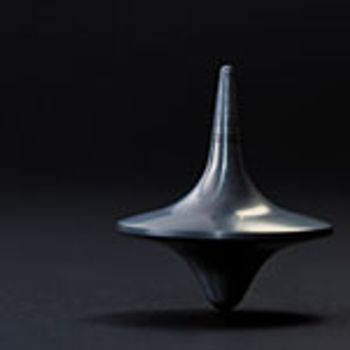
Advances in single-use technologies, sensors, and cell retention systems facilitate processes designed for the long run.

Under the new long-term agreement, Sartorius Stedim Biotech will continue to offer Lonza media and buffer products under non-exclusive terms.
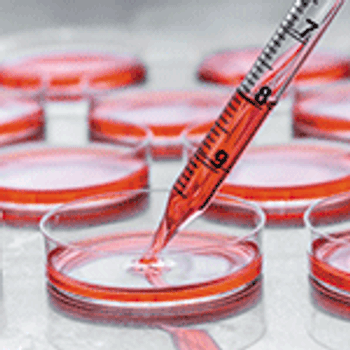
This article will explore the requirements for media and supplements needed to maintain newer cell lines, such as those based on human cells and fungal cells.

New products were developed as next-generation process intensification technologies, MilliporeSigma reports.

A collaboration integrates Sartorius Stedim Biotech’s BIOSTAT STR bioreactors and Repligen’s XCell ATF cell-retention control technology to create simplified, scalable equipment for intensified cell culture.